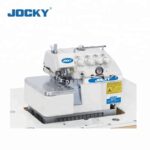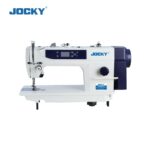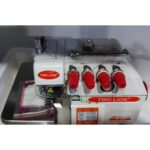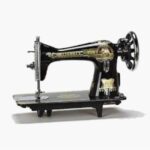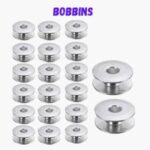Why Sewing Needles Break and How to Prevent It: A Comprehensive Guide
Sewing needles breaking can be a frustrating experience, especially when you’re in the middle of a project. As an expert, I’ve seen numerous cases where a broken needle has stalled progress.
Understanding why needles break and how to prevent it can save you time, money, and a lot of frustration. Here are the most common reasons for needle breakage and practical tips to avoid them.
1. Incorrect Needle for the Fabric – Using the wrong needle type or size for the fabric is a leading cause of needle breakage. Different fabrics require different needle types; for instance, a ballpoint needle is ideal for knits, while a sharp needle works best for woven fabrics.
Solution: Match the needle to the fabric type. Refer to your sewing machine manual or needle packaging for guidance.Use a universal needle for general sewing, but switch to specialty needles for specific materials like denim, leather, or knits.
2. Needle Not Properly Inserted – A needle that isn’t securely or correctly inserted into the machine can bend or break.
Solution: Ensure the needle is fully inserted into the needle clamp and tightened properly. Check that the flat side of the needle shank is facing the correct direction as per your machine’s specifications.
3. Bent or Dull Needles – Over time, needles can become bent or dull, increasing the likelihood of breakage.
Solution: Regularly inspect your needles and replace them after every 8-10 hours of sewing, or at the first sign of bending or dullness. If the needle hits a pin or other hard object, replace it immediately.
4. Improper Threading – Incorrect threading of the machine can lead to increased tension and needle stress, causing breakage.
Solution: Follow your sewing machine’s threading instructions carefully.Ensure the thread is properly seated in the tension discs and that the machine is threaded with the presser foot up.
5. Incorrect Tension Settings – Too much tension can cause the needle to break, while too little tension can result in poor stitch quality.
Solution: Adjust the tension settings according to the fabric and thread you’re using.Test on a scrap piece of fabric to ensure the tension is correct before starting your project.
6. Sewing Over Pins – Sewing over pins can cause the needle to hit a pin and break.
Solution: Remove pins as you sew, before the needle reaches them. Alternatively, place pins perpendicular to the seam line to reduce the risk of hitting them.
7. Pulling the Fabric – Pulling or forcing the fabric through the machine can bend or break the needle.
Solution: Let the feed dogs move the fabric through the machine. Guide the fabric gently and evenly without pulling.
8. Using Old or Low-Quality Needles – Old, cheap, or low-quality needles are more prone to breaking.
Solution: Invest in high-quality needles from reputable brands and store needles properly to prevent them from becoming dull or damaged.
Conclusion – Sewing needle breakage is often avoidable with the right knowledge and techniques. By using the correct needle for your fabric, properly threading your machine, and adjusting your tension settings, you can significantly reduce the risk of needle breakage. Regular maintenance and proper handling of your sewing machine will also contribute to smoother and more enjoyable sewing experiences.
Keep these tips in mind, and you’ll be able to tackle your sewing projects with confidence and ease, without the frustration of constantly breaking needles.
Happy sewing!


